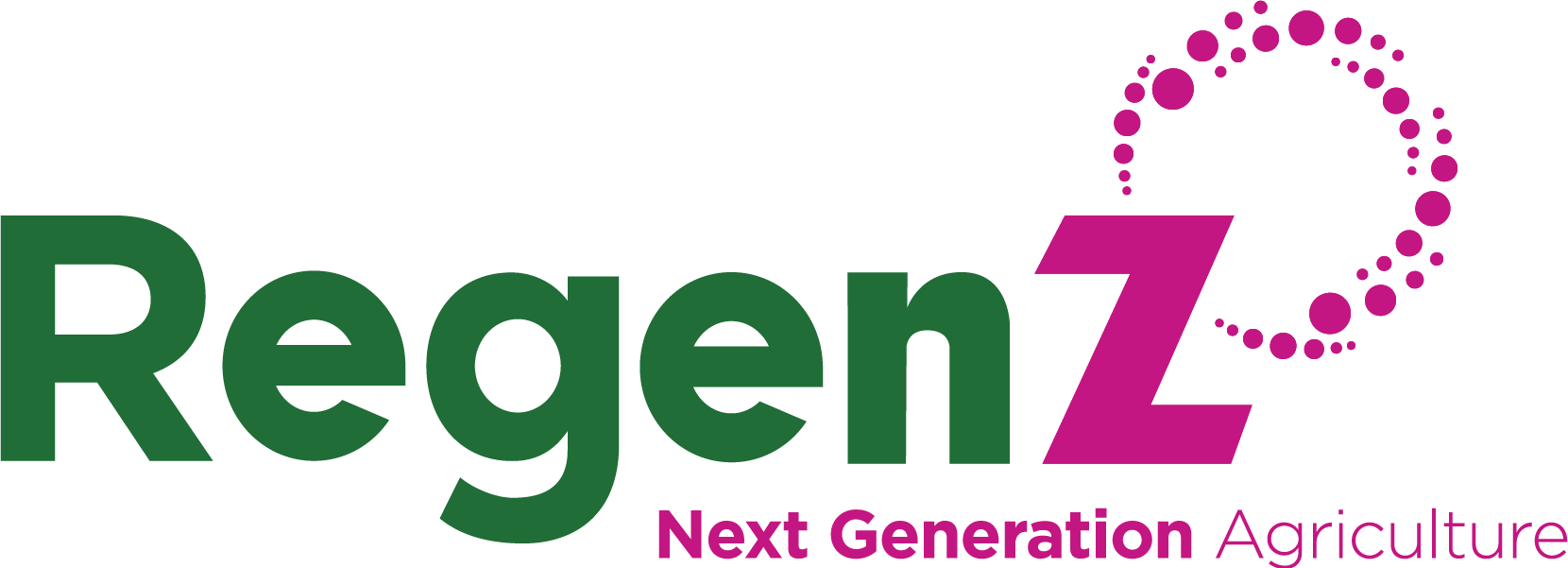Farming Sustainably in South Africa | Sustainable Farming Guide
Farming sustainably is not just a trendy buzzword; it’s the only way for us to feed a growing population within the limitations of our natural resources. In this guide, we’ll summarise everything you need to know about sustainable agricultural practices and sustainable farming in South Africa.
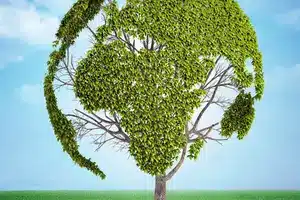
What's in our sustainable farming guide?
Introduction: Farming sustainability in South Africa
Modern, industrialised agricultural methods play a significant role in the degradation and destruction of natural resources such as soil, water, forests, microorganisms, and the wider environment. And while these production methods may be relatively effective at catering to the present generation’s needs, they pose a threat to future farming activities: in a word, “unsustainable”.
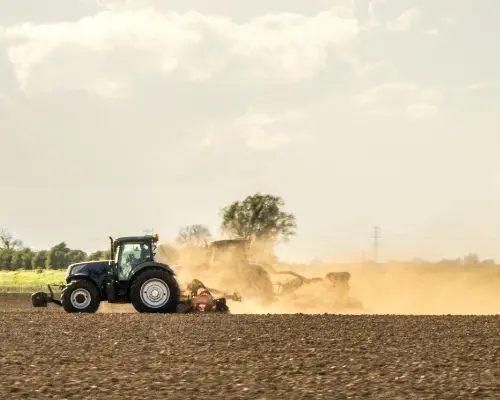
Potential costs of modern farming techniques
Topsoil depletion

Groundwater contamination
Degradation of rural communities

Increased production costs

Poor conditions for farmworkers
There are several reasons that the agricultural industry in South Africa—and around the world—are looking for innovative, long-term solutions for sustainable growth in the future. These include environmental changes, supply chain disruptions and economic impacts.
In particular, the importance of secure food supply chains was highlighted at the onset of the COVID-19 pandemic in 2020. During the pandemic, the global lockdowns placed unprecedented stress on food supply chains due to human resource and farm labour constraints, bottlenecks in processing and logistics, along with grocery stockpiling. Challenges to the food supply chain in South Africa also include droughts, water scarcity and an unreliable electricity grid.
Despite these challenges, the agricultural sector is still expected to provide more food. Policymakers and producers seeking to eradicate hunger face the dilemma of preventing billions from going hungry while saving the planet simultaneously. According to the UN’s 2020 food and agriculture report, 8.9% of the global population (nearly 690 million people) are hungry. This is an increase of 60 million in five years. And by 2050, food production will need to increase by 70% to feed an estimated population of 9 billion people.
Adaption, reorganising and adopting sustainable agricultural practices (SAPs) are the only ways forward to ensure food security. As a result, there have been widespread calls for farmers to use sustainable agricultural practices as an alternative to traditional farming practices.
Sustainable agriculture definition
Sustainable agriculture is the production of plant and animal products (including food) using farming methods that protect public health, the environment, communities, and animal welfare. By farming sustainably, producers are able to meet society’s present needs without compromising the ability of current or future generations to meet their own needs.
The key to sustainable agriculture is finding the balance between the need for food production and the preservation of environmental ecosystems. Sustainable farming occurs at the intersection of three priorities:
- Environmental health – enhances environmental quality, promotes healthy biodiversity and the sensible management of natural resources
- Economic profitability – economically viable
- Social and economic equity – enhances the quality of life for farmers and society as a whole
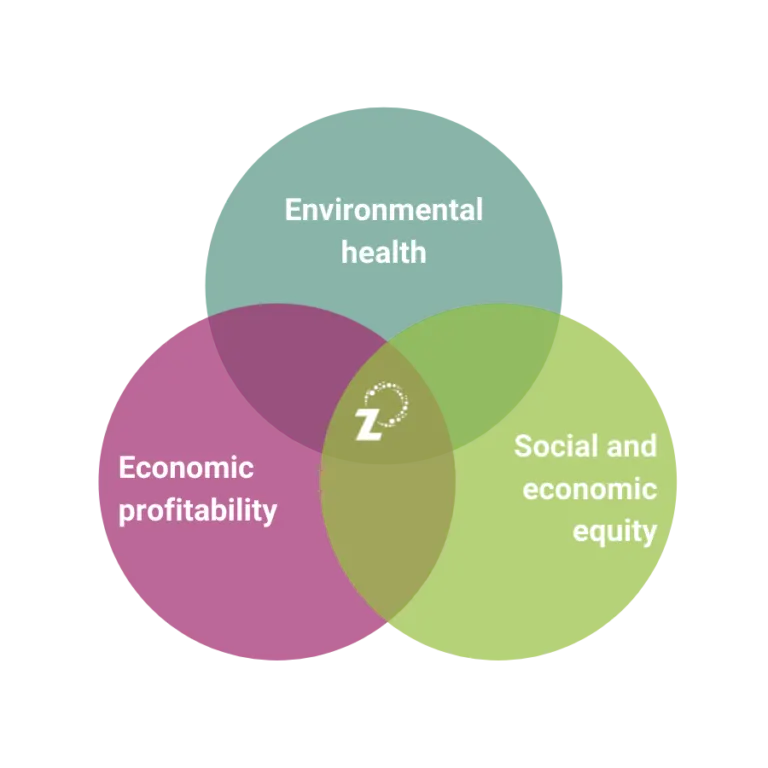
What is the difference between regenerative agriculture and sustainable agriculture?
Although regenerative systems and sustainable practices share some methods and philosophies, they are not exactly the same.
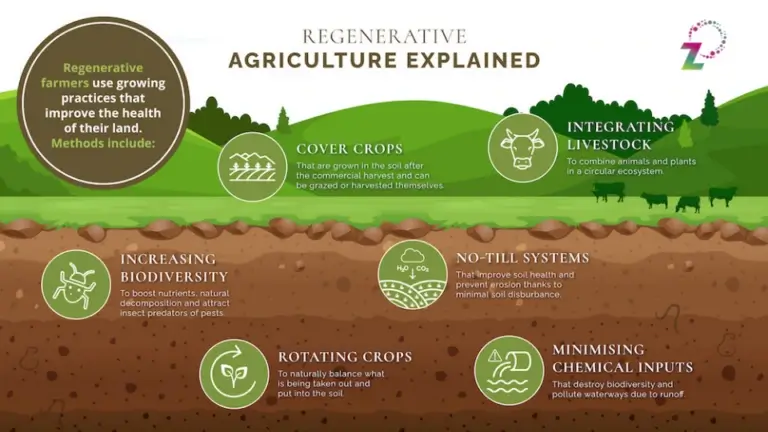
The difference between regenerative agriculture and sustainable agriculture is understandably confusing since both regenerative and sustainable agricultural practices essentially incorporate the same practices. In fact, farmers can practice regenerative agriculture as part of overall farming sustainability. And many producers incorporate “sustainable” methods into a regenerative farm.
Regenerative agriculture is a clearly defined system that draws from decades of scientific and applied research. Sustainable agriculture, on the other hand, is more broadly defined and loosely set. While regenerative agriculture intends to increase productivity and growth potential, sustainable practices seek to maintain systems without degrading them.
The Key Difference Between Regenerative And Sustainable Farming
What are the goals of sustainable agriculture?
Sustainable agriculture focuses on producing long-term crops and livestock while having minimal effects on the environment. Other overall goals associated with sustainable agriculture include:
- Conserving water
- Reducing the use of fertilisers and pesticides
- Promoting biodiversity in crops and the ecosystem
- Maintaining economic stability of farms
- Helping farmers improve their techniques and quality of life.
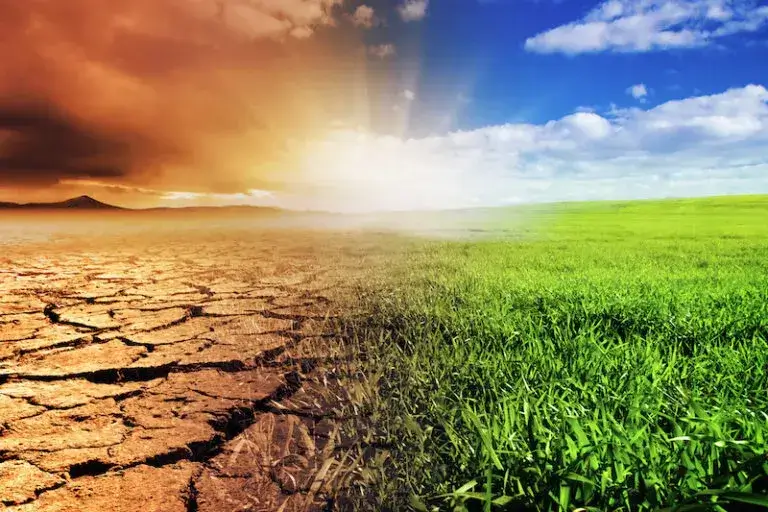
The European Union (EU) is seeking to compel other countries, including South Africa, to adhere to new regulations to combat climate change. Failure to do so could result in losing access to its lucrative market.
Launched in 2020, the “Farm to Fork strategy” is a new approach that aims to reduce the environmental and carbon footprint in the way food is produced and consumed, ensuring that the entire food system effectively contributes to achieving the EU’s carbon reduction targets.
One of the Farm to Fork strategy’s broad pillars is food production. The policy sets out the fundamentals for sustainable production by setting targets relating to a number of sustainable farming practices. It also raises question marks as to whether South African farmers are ready to adapt and start farming more sustainably.
Why we need sustainable agricultural practices in South Africa
Sustainable agriculture for food security
As discussed in the introduction, farming sustainably is now a key priority in the South African and global context. Our food systems are under threat, affecting the most vulnerable populations. In 2020 alone, up to 46 million more people in Africa suffered from undernourishment compared with 2019.
And according to the World Wide Fund for Nature (WWF), South Africa will have to produce 50% more food by 2050. This additional production will need to feed an estimated population of 73 million people. More land will need to be worked, more synthetic fertiliser will be added, and more food will need to be processed and transported.
South Africa is already a carbon-intensive economy, mainly due to the country’s reliance on coal for power generation. South Africa is the world’s 12th biggest emitter of greenhouse gases; and the country’s food systems account for up to a third of the total greenhouse gas emissions. With higher production required to meet future food demands, it’s vital for producers to reduce their carbon footprints by farming sustainably.
Sustainable farming provides a potential solution to equip agricultural systems to feed a growing population within the changing environmental conditions. Farming sustainability is therefore crucial to ensure food security.
Pushed by policy
How does sustainable farming work?
The concept of sustainability integrates the interconnected economic, social, and environmental dimensions of agriculture. Policies and practices related to sustainable farming need to satisfy and support the needs of all these elements.
Sustainable agriculture incorporates strategies for preserving natural resources and changing agricultural production practices to become more environmentally friendly and profitable. In addition, it requires a concerted commitment to changing social values, economic institutions, and public policies. That’s why strategies for sustainable change must take into account the complex and dynamic relationship between agricultural production and broader society.
To create a more sustainable food production system, we need a wide range of sustainable farming methods, strategies and approaches, ranging from concentrated efforts to alter specific practices or policies, to the longer-term tasks of reforming key institutions, challenging widely-held social values, and rethinking economic priorities.
How Does Sustainable Farming Work
The benefits of farming sustainably
Sustainable agricultural practices have numerous benefits to human health and wellbeing as well as the natural environment. Some of these benefits of sustainable farming include:
The Economic Benefits of Sustainable Farming
Sustainable agriculture seeks to minimise the long term impact of human activities on the environment, enabling future generations to prosper on our planet. Of course, this is a noble reason to implement sustainable farming practices, but what many farmers don’t realise is that transitioning to sustainable agriculture practices also benefits the bottom line. In this article, we discuss some of the economic benefits of farming more sustainably.
By nature, sustainable farming helps farmers produce more for less, thus lessening the overall cost of farming. Less money is spent on chemical inputs, plants are more resistant to disease and pests and yields higher. All of these factors help the farm to become a more sustainable, profitable and future-fit operation.
The ability to meet long-term demands
The world’s population continues to rise, along with the demand for increased food supply. Farmers who can continue to keep their land and crops flourishing – i.e. sustainable – play an important (and profitable) role in meeting this demand.
Soil quality is the key to sustainability
Traditional, industrialised agriculture is intensive in nature and relies largely on ‘sticking plasters’ to promote profitable yields. What we mean by this is that traditional farming treats the symptoms of poor yields, rather than the causes. For example, a poor quality soil lacking in nutrients is plied with chemical fertilisers, and chemical pesticides are used to prevent insects from attacking plants that have little healthy resilience of their own.
The chemical fertilisers used extensively in traditional agriculture contain salts and compounds that cannot be absorbed by the plants and can, therefore, build up in the soil. This causes long-term ecological imbalances, which are traditionally addressed through – you guessed it – more chemicals. These chemical compounds also leach from the soil and contaminate groundwater and streams.
Rather than depleting the quality of the soil over time (and relying on manual inputs to address these deficiencies), sustainable agricultural practices work hard to enrich the soil with each successive season, increasing the farm’s chances of long-term yield and productivity.
Fewer inputs = money saved
Sustainable farming solutions utilise a mix of organic and inorganic inputs to produce biological soil conditioners and foliar feeds that work hand-in-hand with tried and trusted methods such as effective composting, worm farming and green manuring.
By following sustainable practices such as these, farmers can reduce their reliance on chemical inputs – all of which cost money. This reduction in overheads leads to increased profitability.
More efficient systems lead to less wastage
Sustainable agriculture practices provide ample opportunities to optimise the production of food and minimise wasted resources, time and money. One example is farming ‘smarter’ by using technological and scientific advances to develop interconnected systems for soil, seed drills, spreaders, crop irrigation, creating more efficient farm-to-fork methods and processes.
Using integrated technology and sustainable methods to promote soil health and protect scarce resources will help ensure long-term profitability for farmers.
Sustainable livestock management
By selecting and adopting appropriate and optimal animal species, nutrition, grazing management, reproduction and herd health strategies, sustainable agriculture includes sustainable livestock production. This leads to the overall effective development of livestock for the long term and results in better care of animals by catering to their natural behaviours. .


Social equality
Workers that are part of a sustainable farming system are offered competitive salaries and benefits; they work in humane and fair working conditions with a safe work environment and adequate living conditions.
Beneficial for the environment
Large-scale, industrialised and intensive farming can have a negative environmental impact. But using sustainable farming methods can actually prevent and mitigate the current environmental problems we are facing. Sustainable farming reduces the need for the use of non-renewable energy resources. It uses 30% less energy per unit of crop yield in comparison to industrialised agriculture. Not only does this help conserve natural resources, it also means the release of fewer chemicals and less pollution into the environment.
Other environmental benefits include:
- Maintaining soil quality
- Reducing soil erosion
- Saving water
- Increasing biodiversity
- Eliminating toxicity
Boosting soil fertility
Sequestering carbon
Preventing soil erosion
Maintaining the water cycle
Conserving water
Creating habitats and preserving ecosystems

What are the pros and cons of sustainable farming?
As we’ve discussed, the pros of sustainable farming include both human health and environmental benefits. This is not to say, however, that adopting sustainable agriculture is without its challenges.
Possible cons of sustainable farming in South Africa include:
- Regulatory and policy uncertainty: Policy cycles and political processes take time, likely leading to some regulatory uncertainty during transition phases.
- High costs of compliance: Conforming to stringent regulatory standards and certifications can be costly.
- Environmental degradation: Although sustainable practices support the natural environment, it can be difficult to start farming sustainably with severely degraded farming.
- Education: Adopting sustainable farming methods means learning something new, and there will always be those less eager to try things differently.
Sustainable farming methods
What is the most sustainable way to farm?
There are many farming strategies that can help make agriculture more sustainable. Here are some of the most common techniques for greater farming sustainability.
Crop rotation
Crop rotation is one of the most powerful methods of sustainable agriculture. It helps to prevent the negative consequences to soil health, biodiversity and pest management that come with monoculture and planting the same crops in the same soil for years. Crop rotation breaks the reproduction cycles of pests, replenishes nutrients, and reduces the need for chemical fertilisers.
Cover crops
Planting cover crops helps farmers to achieve their goals of preventing soil erosion, suppressing weeds, enhancing soil quality of the soil, and reducing the need for fertilisers and other chemicals.
Permaculture
Permaculture is a food production system that uses intentional design and smart farming techniques to use resources more efficiently and improve production potential. A permaculture system intends to mimic how plants in a natural ecosystem would function.
Permaculture techniques include:
- Growing without tillage
- Herb and plant spirals
- Keyhole gardens
- Mandala gardens
- Sheet mulching
- Creating swales to hold water
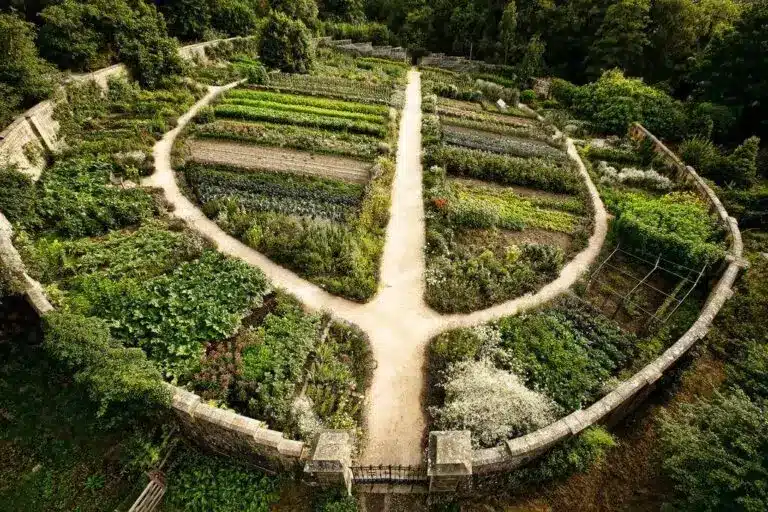
Improving soil health
Soil health is the central component of a healthy agricultural ecosystem. Good soil is full of life, helping to increase yields and grow healthier crops. There are a number of ways to improves soil health, including some of the sustainable farming methods we have already mentioned:
- Reducing or eliminating tillage
- Leaving crop residue in the field after a harvest
- Using composted plant material or animal manure
- Cover cropping
Improving soil health through soil restoration is a key focal area of regenerative agriculture.
Natural pest predators and bio-control
A farm is an ecosystem, not a factory. In a sustainable agriculture environment, maintaining effective control over pests includes natural pest control, such as birds, insects and other animals that are natural predators of agricultural pests.
Integrated pest management (IPM) is another approach that emphasises the importance of crop rotation and relies on biological pest control methods instead of chemical pest control.
Biological Pest Control: For Nature, By Nature
Polyculture farming
Similar to crop rotation, polyculture aims to mimic natural principles to achieve the best crop health and yields. As the name suggests, polyculture involves growing multiple complementary crop species in one area. This produces a greater diversity of products and helps farmers to fully utilise their available resources.
Agroforestry
In dry regions with soils susceptible to drought and desertification, agroforestry has become a powerful tool to stabilise soils, minimise water and nutrient runoff and protect crops from wind or heavy rain. Agroforestry involves the growth of trees and shrubs amongst crops or grazing land. By combining both agriculture and forestry practices, farmers can benefit from long-term productive and diverse land use. Trees added to the farming system also provide an additional source of income and the potential for product diversification.
Better water management
The first step in water management is the selection of the right crops for the specific sustainable farming system. Where possible, it’s beneficial to select local crops that are more adaptable to the weather conditions of the region. In dry regions, for example, it’s more sustainable to choose crops that do not demand too much water. Smart irrigation (discussed below) is another way of optmising water consumption and reducing wastage.
The role of technology in sustainable farming
These days, more and more farmers are using technology to help make their operations more efficient, profitable, environmentally-friendly and sustainable. Some of the most common smart farming technologies include moisture sensors, smart irrigation, and terrain contour mapping.
Through smart monitoring and data analysis, farmers can gain a better understanding of how their crops are producing and how they can plan for and optimise farm conditions to maximise the health and yield of their produce.
Examples of smart farming technology
How to Start Farming Sustainably and Transition to Sustainable Farming Techniques
Conclusion: working towards a sustainable future
We know that the persistence of industrial methods of agriculture is detrimental to the health and wellbeing of people, animals, and the environment. Sustainable methods of production, on the other hand, provide a necessary alternative that is more responsible economically, environmentally, and ethically, and is better for animals, people, and the planet.
Agriculture and sustainability can co-exist. The truth is that we need them to, as moving towards a more sustainable agriculture industry will be key to our future food security.
At RegenZ, we focus on sustainable farming solutions for South Africa. We aim to be a global leader in the transformation of human health and nutrition by driving the widespread adoption of innovative agricultural practices and discovering, applying and commercialising sustainable and regenerative innovations in crop production technology.
Want to learn more about farming sustainably? Get in touch with the RegenZ team.
